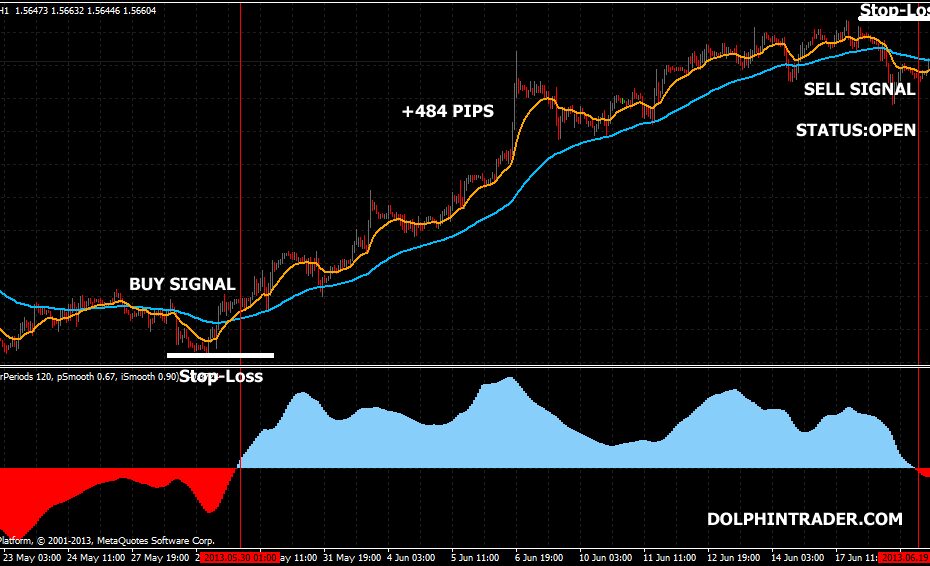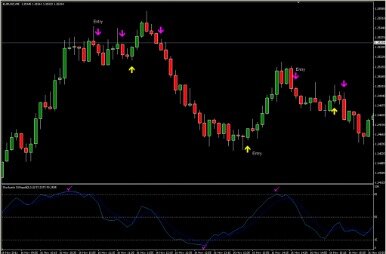
In 2019, the project became a main player in the game with its Alexander testnet and POC-3 completion. The project raised $145 million with its ICO in October 2017, but it suffered a security breach shortly, and the success was short-lived. The breach took place at EthCore, which was a core development team behind the project. He decided to part ways with the Ethereum team in early 2016 https://trading-market.org/attention-required/ as he wanted to build a blockchain network that was more robust and did not have the limitations Ethereum was experincing. Polkadot (DOT) was first introduced in 2016 by none other than the Ethereum co-founder Gavin Woods. Gavin was an integral part of the Ethereum project and is also credited for creating Solidity – The programming language on which the Ethereum network is built.
DOT can also be used for speculation and investment, or as an alternative to expensive and slow international transfers. Polkadot offers various utility for different entities and individuals. It enables an alternative, decentralized payment method outside of the interference of intermediaries, providing more control over your money.
What Is Polkadot?
Polkadot’s ecosystem continues to expand as more parachains developments come onboard. By the end of Q1 2023, over 40 parachains had won fresh auction slots on Polkadot, according to the Q1 update. There are plenty of blockchains out there that are getting slow and outdated with time. The platform will support upgrades, and users will be able to improve their blockchain experience with time. With multiple blockchains intact, Polkadot would never have any trouble adjusting to different consensus mechanisms.
Instead, it relies on a transparent on-chain voting process that keeps the community unified. As Polkadot will become a support for other blockchains, it can isolate certain transactions and process them at a faster rate. Currently, Polkadot claims to process a lot more transactions than the Ethereum network.
Polkadot Price Prediction 2028
The DOT token is the native cryptocurrency of the Polkadot blockchain. Polkadot has a complex governance system where all DOT holders have voting rights. In both cases, the proposal must be agreed upon in a referendum based on the voted stake. Parachains are custom blockchains that are all connected to the Polkadot relay chain. They are the technology that allows different blockchain projects to swiftly and efficiently interact with each other.

These parachains are bid on by distinct projects using DOT as collateral. DOT is the token staked or put up as collateral by validators to approve the next block in Polkadot’s blockchain. The key to bringing all these factors together—proof-of-stake validation, cross-chain interactions and base layer programming—is DOT, Polkadot’s native token. When Wood first wrote the Polkadot whitepaper, he argued that crypto needed a new system allowing interactions between different blockchain networks. Noticing issues with Ethereum’s ability to grow and scale, Wood attempted to solve this problem with a new blockchain based on a proof-of-stake validation system. The benefits are not limited to only addressing the previously mentioned technical pain points.
Polkadot Price Prediction 2023
Next, CaptainAltcoin had a polkadot coin price prediction that said the crypto could drop to $3.45 by March 2023 before reaching $7.01 in January 2024. The site then made a polkadot price prediction for 2025 that saw it trade at a potential $37.81 before arguing it could collapse to $10.73 in five years’ time. Not having to construct https://currency-trading.org/strategies/forex-strategies-systems-revealed/ their top-tier security with comprehensive audits and avoiding the exorbitant gas prices of other networks enables teams to devote more time and resources to the chain’s core value. In the world of cryptocurrencies, there could be a forecast of miracles, but nothing is certain, and there is always high risk involved.

Active DOT token holders can propose a referendum on changes to the network by bonding their tokens (depositing a minimum amount to a proposal) for a certain period and vote on the proposals of others. Proposals that gather the highest amount of bonding support will be selected first in the next voting cycle. Tokens are then unbonded once proposals have been brought to a vote. This is designed to incentivize the network and dynamically adjust according to staking participation rates of users, inflating up to 10% per annum. The other factor Polkadot’s operators need to consider is which projects get a parachain in the Polkadot system at all.
Low Transaction Fee
It has a market cap of over $30 billion, and over 50% of eligible tokens staked. Polkadot’s revolutionary design proposes a solution to the scalability issues that have hampered https://forex-world.net/software-development/how-to-create-application-architecture-diagram/ other blockchains, resulting in clogged networks and high transaction fees. As noted above, a layer 0 blockchain functions as a foundational layer beneath layer 1 blockchains.

Learn what Polkadot is, how it works, and why it’s important to blockchain and cryptocurrency advancements. Because Polkadot is such a popular cryptocurrency, it’s easy to buy. To validate transactions, Polkadot uses a nominated proof-of-stake consensus mechanism. Gavin Wood, a co-founder of Ethereum, came up with the idea for Polkadot and released its white paper in 2016.

